 As university life picks up speed, maintaining a balanced diet can often fall by the wayside. Between classes, study sessions, and social activities, it’s easy to grab whatever is convenient. However, good nutrition is essential not only for keeping your energy levels up but also for enhancing your academic performance, supporting mental focus, and maintaining overall health. Here are some practical tips on stocking your dorm or apartment with nutritious, affordable, and convenient foods.
As university life picks up speed, maintaining a balanced diet can often fall by the wayside. Between classes, study sessions, and social activities, it’s easy to grab whatever is convenient. However, good nutrition is essential not only for keeping your energy levels up but also for enhancing your academic performance, supporting mental focus, and maintaining overall health. Here are some practical tips on stocking your dorm or apartment with nutritious, affordable, and convenient foods.
Power Up with Protein
Protein is key for staying full and supporting muscle recovery, especially if you’re hitting the gym. Here are a few budget-friendly, protein-rich foods that are easy to store and prepare:
-
Greek Yogurt: A versatile, protein-rich option, Greek yogurt is great for breakfast or a post-workout snack. Choose plain varieties to avoid added sugars, and mix in fresh fruit or granola for added flavor and nutrients.
-
Canned Tuna or Salmon: These are affordable, shelf-stable sources of protein. Mix with light mayo, mustard, and veggies for a quick meal, or stuff into a whole-grain pita.
-
Eggs: Eggs are a cost-effective protein source. Hard boil a batch at the start of the week for easy grab-and-go snacks, or cook up an omelet loaded with veggies for a nutritious meal.
Color Your Plate
Including a variety of colorful fruits and vegetables in your diet ensures you’re getting a range of vitamins, minerals, and antioxidants. Here are some options that are easy to keep on hand:
-
Baby Carrots and Hummus: A crunchy, satisfying snack that pairs well with hummus, which also provides a bit of protein and fiber.
-
Frozen Berries: Just as nutritious as fresh, frozen berries are perfect for smoothies, yogurt toppings, or thawing for a quick snack.
-
Spinach and Mixed Greens: Pre-washed greens are a convenient base for salads or can be added to sandwiches, wraps, or smoothies for an extra nutrient boost.
Quick and Easy Meal Ideas
When time is tight, having simple meal options can help you avoid less healthy choices:
-
Overnight Oats: Combine rolled oats with Greek yogurt or milk and add your favorite toppings like nuts and berries. Prepare it the night before for a quick, ready-to-eat breakfast.
-
Protein Smoothies: Blend protein powder, spinach, frozen berries, and a banana with milk for a quick, nutritious meal.
-
Whole-Grain Wraps: Keep whole-grain tortillas on hand for easy wraps. Fill with lean protein like turkey, mixed greens, and veggies, and add a spread of hummus or avocado for healthy fats.
Budget-Friendly Tips
Eating well on a budget is possible with a few smart strategies:
-
Buy in Bulk: Bulk items like oats, rice, and nuts are often cheaper and can be stored for long periods.
-
Shop Seasonal Produce: Seasonal fruits and vegetables tend to be less expensive and more flavorful. Check out local markets or the produce section for deals.
-
Frozen Options: Frozen fruits and vegetables are often more affordable than fresh and retain their nutritional value. They’re perfect for quick, healthy meals.
By keeping your dorm or apartment stocked with these nutritious, budget-friendly options, you’ll be better prepared to fuel your body and mind for the demands of university life. Remember, healthy eating doesn’t have to be complicated or expensive—a little planning can go a long way.
For more nutrition, overall health, and fitness tips, be sure to subscribe to our blog!


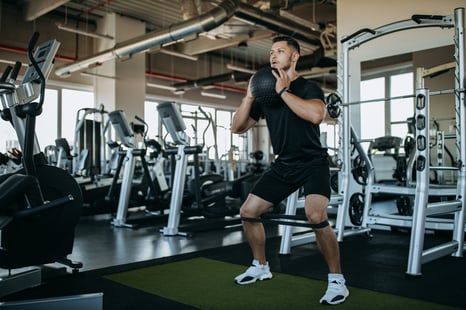 For many athletes and recreational athletes, the arrival of winter and cold weather usually signifies the end of their athletic season. Once the bulk of your outdoor sport competition has concluded or slowed down, reflections of the past year take place. You may have run a personal record in your first 5K, mini, or full-marathon; had your best record in your tennis league; or had the lowest scoring average over a spring and summer for golf. Whatever your sport is or whatever you worked on that previous off-season, the wheels start churning in your mind about how you might be able to continue that improvement for the next season.
For many athletes and recreational athletes, the arrival of winter and cold weather usually signifies the end of their athletic season. Once the bulk of your outdoor sport competition has concluded or slowed down, reflections of the past year take place. You may have run a personal record in your first 5K, mini, or full-marathon; had your best record in your tennis league; or had the lowest scoring average over a spring and summer for golf. Whatever your sport is or whatever you worked on that previous off-season, the wheels start churning in your mind about how you might be able to continue that improvement for the next season. 
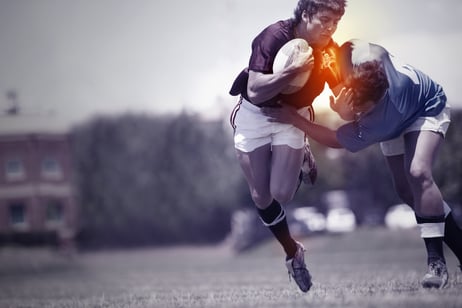 Sports careers, whether you are junior varsity or a hall of fame professional, all come to an end at some point. Often, these endeavors are marred with setbacks due to injuries ranging far and wide and sometimes spanning years. During competition and in the spirit of the moment, athletes sometimes push their bodies and minds beyond what was thought possible, resulting in amazing feats—but also potential injuries.
Sports careers, whether you are junior varsity or a hall of fame professional, all come to an end at some point. Often, these endeavors are marred with setbacks due to injuries ranging far and wide and sometimes spanning years. During competition and in the spirit of the moment, athletes sometimes push their bodies and minds beyond what was thought possible, resulting in amazing feats—but also potential injuries.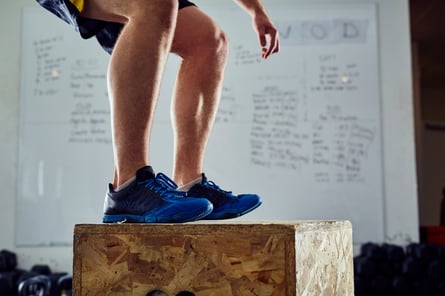 As an athlete there is no substitute for the ability to produce power and be explosive during your sport. From competitive weightlifters and NFL-caliber football players to distance runners, producing (and absorbing) high impacts is crucial for succeeding in your sport as well as staying healthy throughout your competition season. Are you incorporating any of these exercises into your current program?
As an athlete there is no substitute for the ability to produce power and be explosive during your sport. From competitive weightlifters and NFL-caliber football players to distance runners, producing (and absorbing) high impacts is crucial for succeeding in your sport as well as staying healthy throughout your competition season. Are you incorporating any of these exercises into your current program?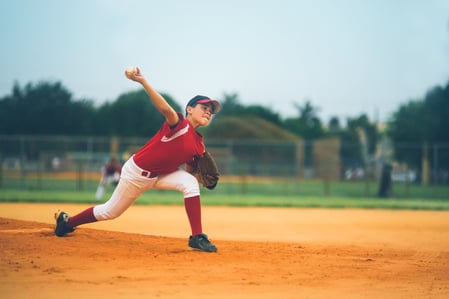 Recently I heard someone say something along the lines of, “That sixth-grade basketball player is ranked #1 in the country.” That got me thinking: How in the world are we ranking sixth-graders? They haven’t even gone through puberty yet!
Recently I heard someone say something along the lines of, “That sixth-grade basketball player is ranked #1 in the country.” That got me thinking: How in the world are we ranking sixth-graders? They haven’t even gone through puberty yet! 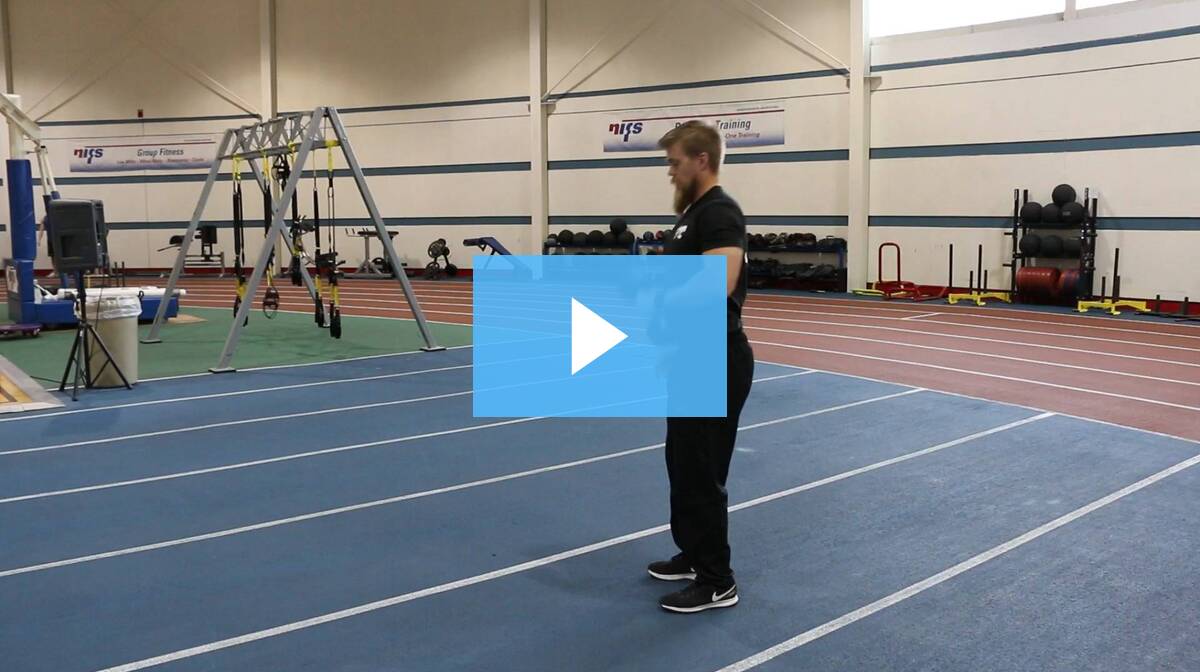
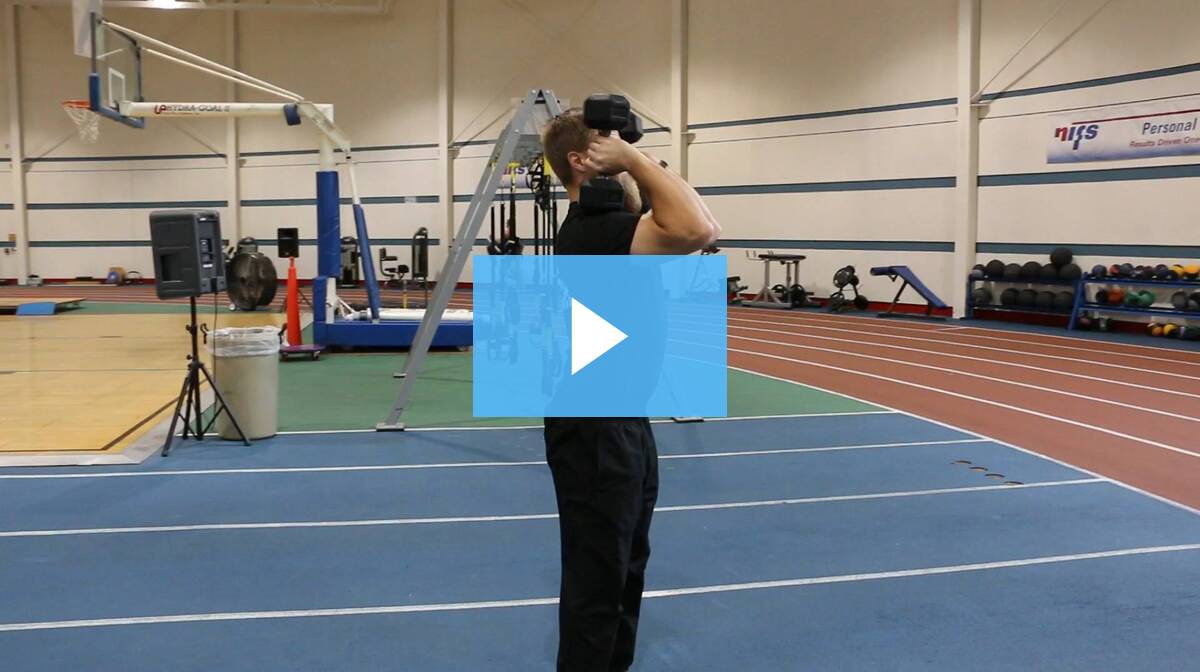
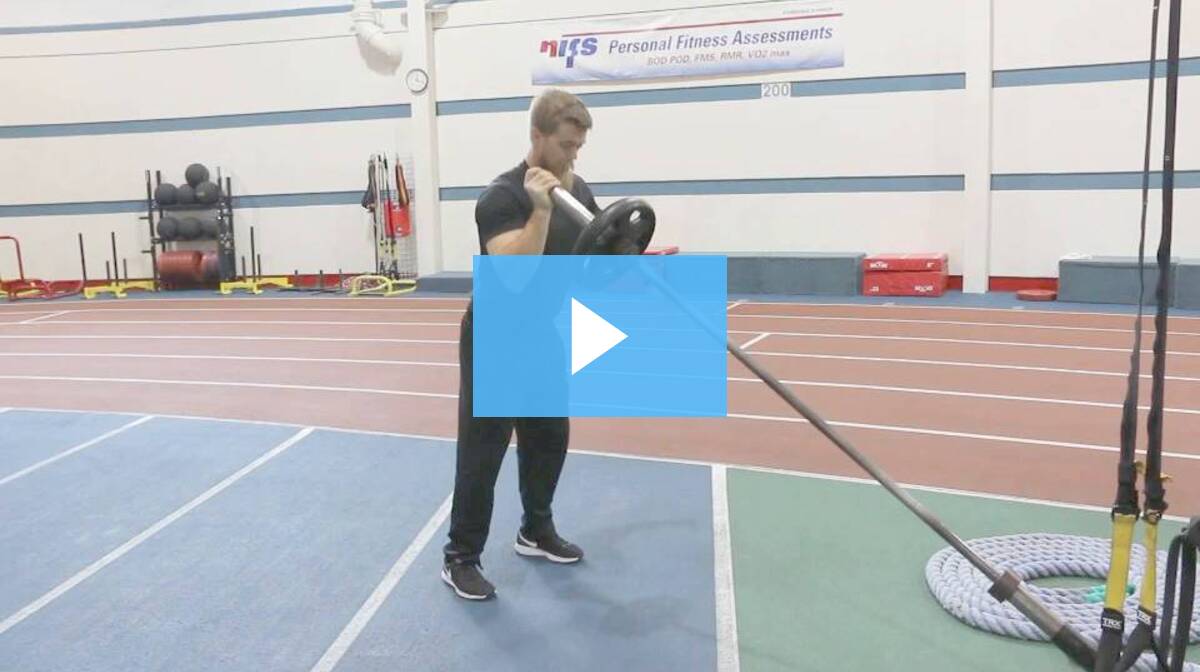
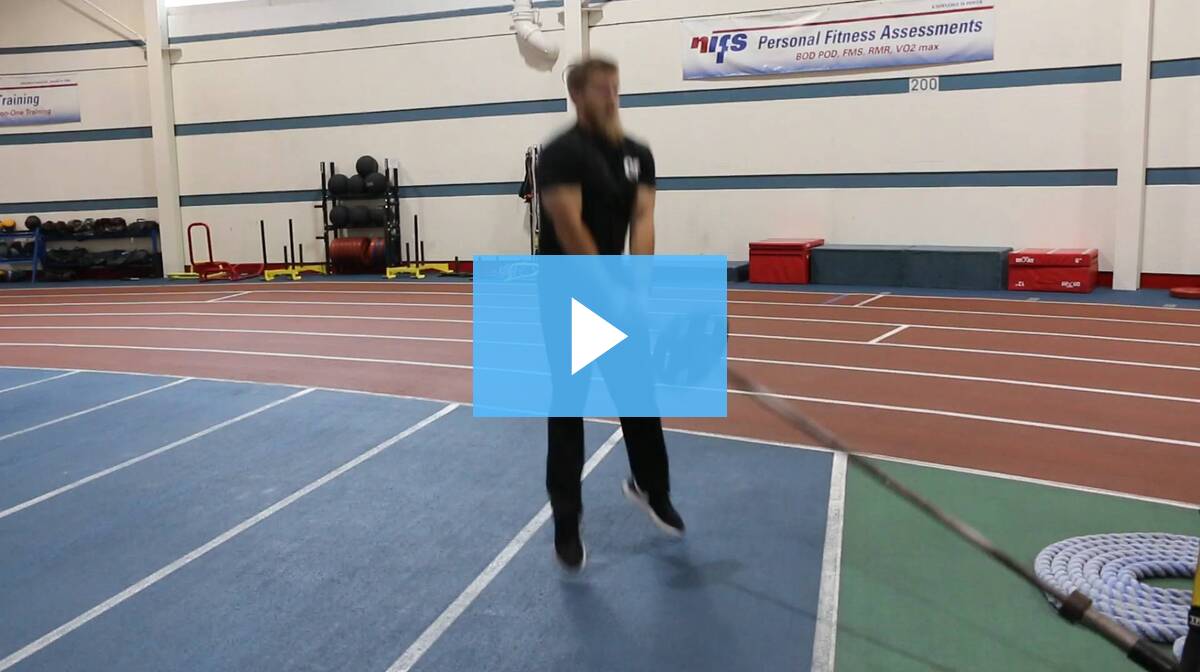
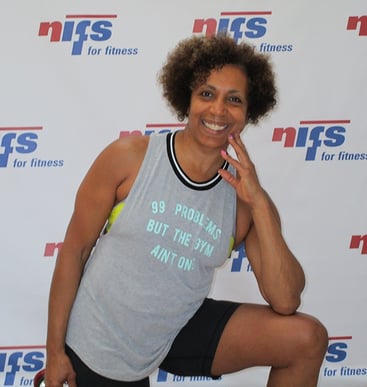 For the next installment of
For the next installment of 
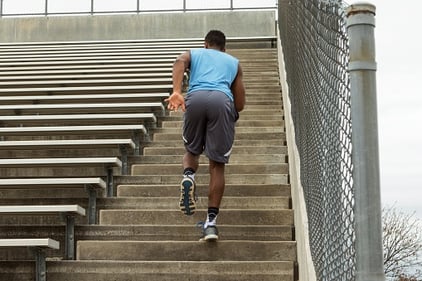 Summertime is in full swing, and whether you are a competitive or recreational athlete, changes are definitely happening to your normal schedule. For high school and collegiate athletes, more time is spent at home and for general fitness enthusiasts, more options are available to you to fulfill your exercise quota (in other words,
Summertime is in full swing, and whether you are a competitive or recreational athlete, changes are definitely happening to your normal schedule. For high school and collegiate athletes, more time is spent at home and for general fitness enthusiasts, more options are available to you to fulfill your exercise quota (in other words, 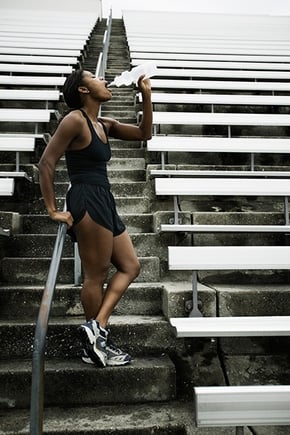 Over the past six to eights weeks, I have been creating summer workout manuals for the teams that I work with during the school year. These manuals are meant to bridge the strength and conditioning gap between the time they leave for summer break and when they return for the fall semester. There is much to be gained, or lost, through a summer of hard work (or lack thereof). Although summer break is a true “break” for most athletes academically, there never really is a true break for training.
Over the past six to eights weeks, I have been creating summer workout manuals for the teams that I work with during the school year. These manuals are meant to bridge the strength and conditioning gap between the time they leave for summer break and when they return for the fall semester. There is much to be gained, or lost, through a summer of hard work (or lack thereof). Although summer break is a true “break” for most athletes academically, there never really is a true break for training.